
If you’re looking to create a food plot, frost seeding might be the simplest, most effective planting method you’ve never heard of. This no-till, low-maintenance method requires minimal upkeep and pairs nicely with the freeze-thaw cycles of late winter and early spring while enabling you to create a food plot that will be irresistible to deer and other grazing animals.
What is Frost Seeding?
Frost seeding is a planting method that takes advantage of the natural freeze-thaw cycle of late winter and early spring. The process involves spreading seeds on the ground when the soil is still frozen, typically in late February to early March, right before or as the thawing process begins. This allows the seeds to be naturally worked into the soil by the freezing and thawing of the ground.
As temperatures fluctuate and the ground freezes and thaws, this causes the soil to expand and contract. This cycle pulls the seeds into the soil profile, where they can be covered by the natural movement of soil particles. It’s an easy, hands-off method for planting food plots for wildlife and hunting purposes.
4 Reasons to Frost Seed Your Next Food Plot
- Anyone Can Do It — Frost seeding does not require fancy, expensive equipment or food plot professionals/services. All you need is a broadcast spreader and the seeds. You decide whether to use this tool by hand or pair it with an ATV or tractor to speed up the process.
- Time-Effective — With frost seeding, all you have to do is broadcast your seeds. No tilling or hours to weeks of soil preparation are required. So, if you have to plant multiple plots quickly, this might be feasible!
- Perfect For Any Terrain — The ease and accessibility of frost seeding lend themselves to creating food plots just about anywhere. You name it—wetland-adjacent land, steep hillsides, or small or irregular terrain—frost seeding can cover all these areas.
- Good for Old and New Plots — Do you have an old food plot that needs a facelift? Frost seeding will work fast and won’t disturb the current plants growing there or your previous plotting efforts!
Frost Seeding Tips
-
The Climate is Your Compass
The time you broadcast frost seeding should depend on your region’s temperature and weather. The ground should still be frozen, with temperatures fluctuating between freezing and thawing. If you live in the northeastern United States, you should, therefore, seed your plot(s) from February through March/April. It is also best practice to check your local weather forecast to ensure that a few days of thawing follow the seeding. -
Choose the Appropriate Seeds for your Project
The most common frost-seeded seeds are clovers, chicory, and alfalfa. Tecomate’s Monster Mix, Alfa Feast, Champion Chicory, and King Ladino White Clover are all great choices for frost seeding. These small-seeded blends work into the soil well and grow quickly throughout the spring. They also produce many highly nutritious plants that help quickly refuel bucks from the harsh winter. These blends help give bucks the protein needed to grow big racks during the most critical time of antler development. -
Ensure your Plot is Ready for Frost Seeding
While you don’t need to till the soil, clearing debris from the plot and removing weeds or thick vegetation is a good idea. This small measure will provide a conducive soil environment for the seeds to adhere to.
-
Properly Spread the Seeds
Use a broadcast spreader to distribute your seeds evenly across the plot’s surface. Aim for an even distribution to ensure good coverage. You don’t need to bury the seeds, as the freeze-thaw process will naturally push them into the soil. -
Let Nature Take Its Course
Once you have spread the seeds, leave the plot alone. Over the next few weeks, the natural freeze-thaw cycle will work the seeds into the soil. If you’re lucky, snow or rain may help settle the seeds even further. As temperatures rise, the seeds germinate and establish new plants in the plot. -
Monitor Growth
Keep an eye on your plot as the spring progresses. As the seeds germinate, you’ll start to see new growth. You can add seed to any bare or thin spots throughout the year to maintain or improve your plot.
The Bottom Line
Frost seeding is effective, quick, and easy. So, put your time to good use by frost seeding during your next freeze-thaw cycle! With just a few hours of work, you’ll have a flourishing plot that will help feed wildlife and attract game for seasons to come.
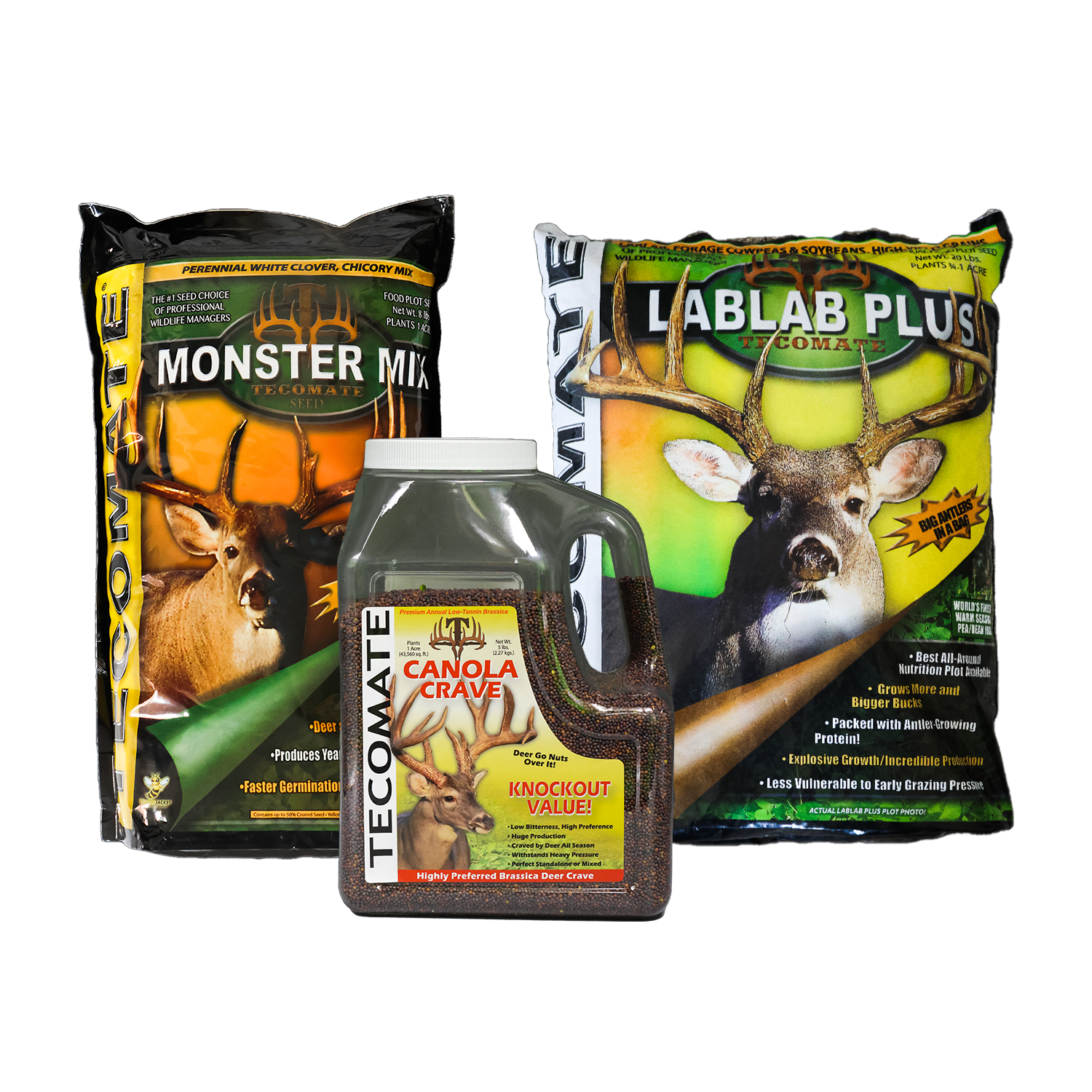
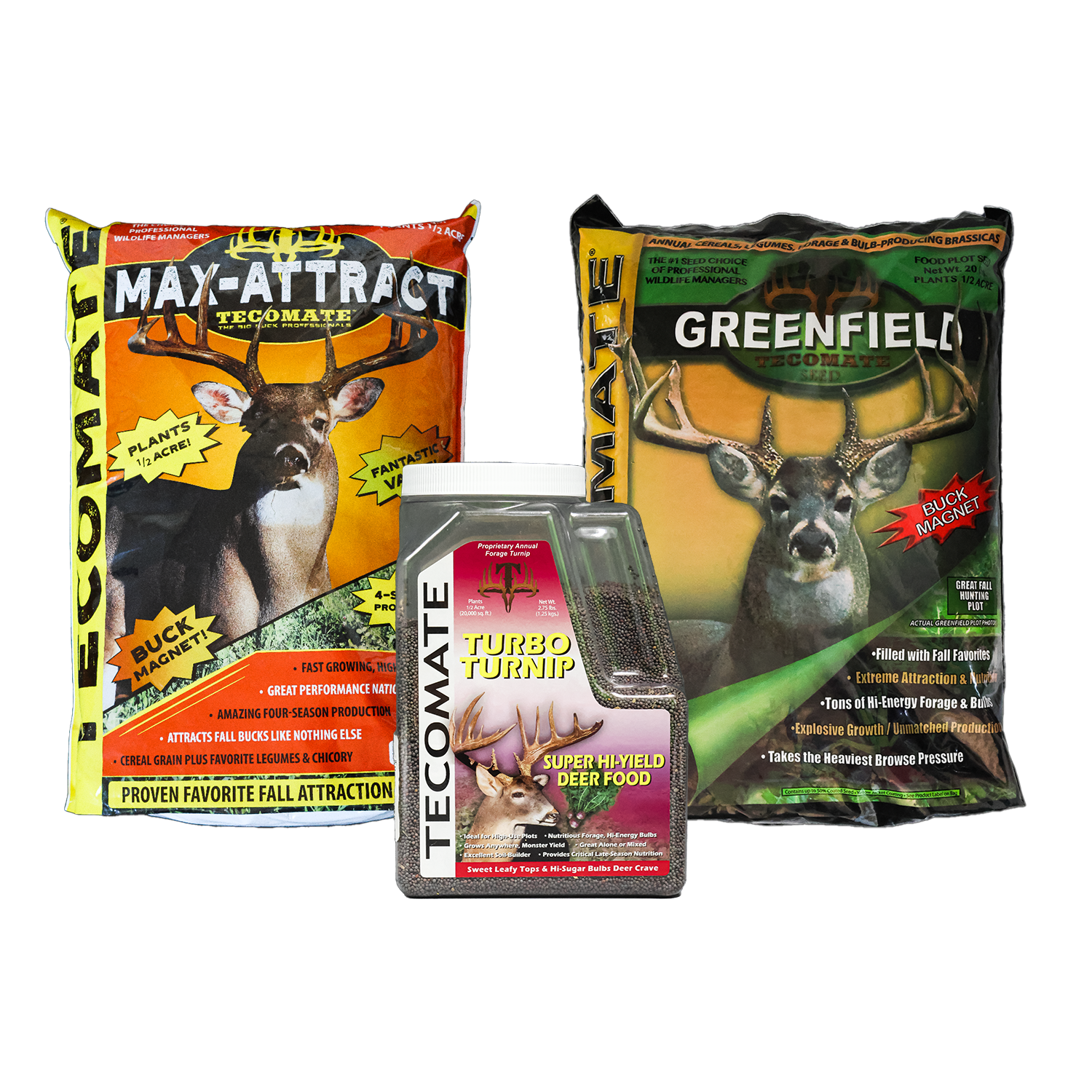
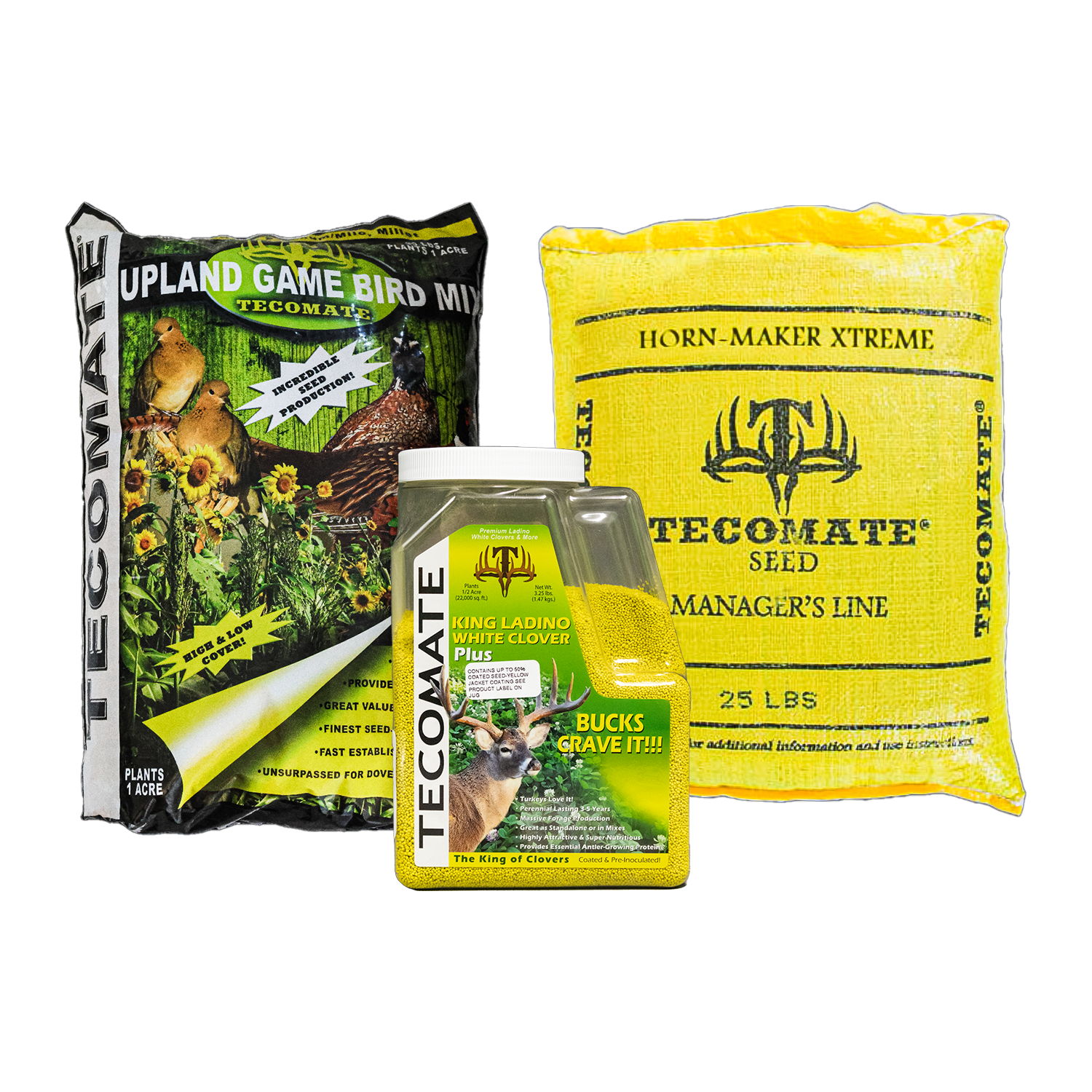
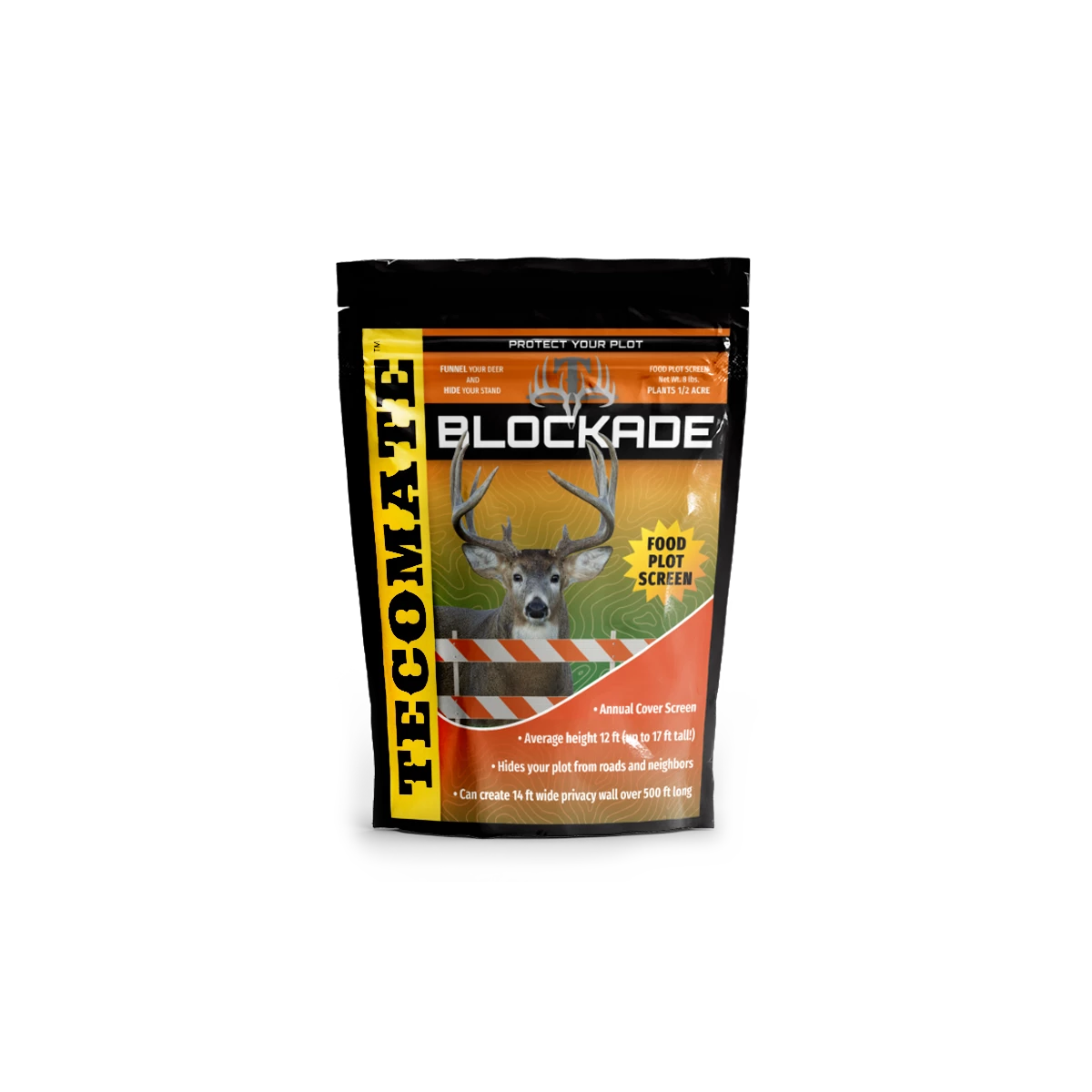
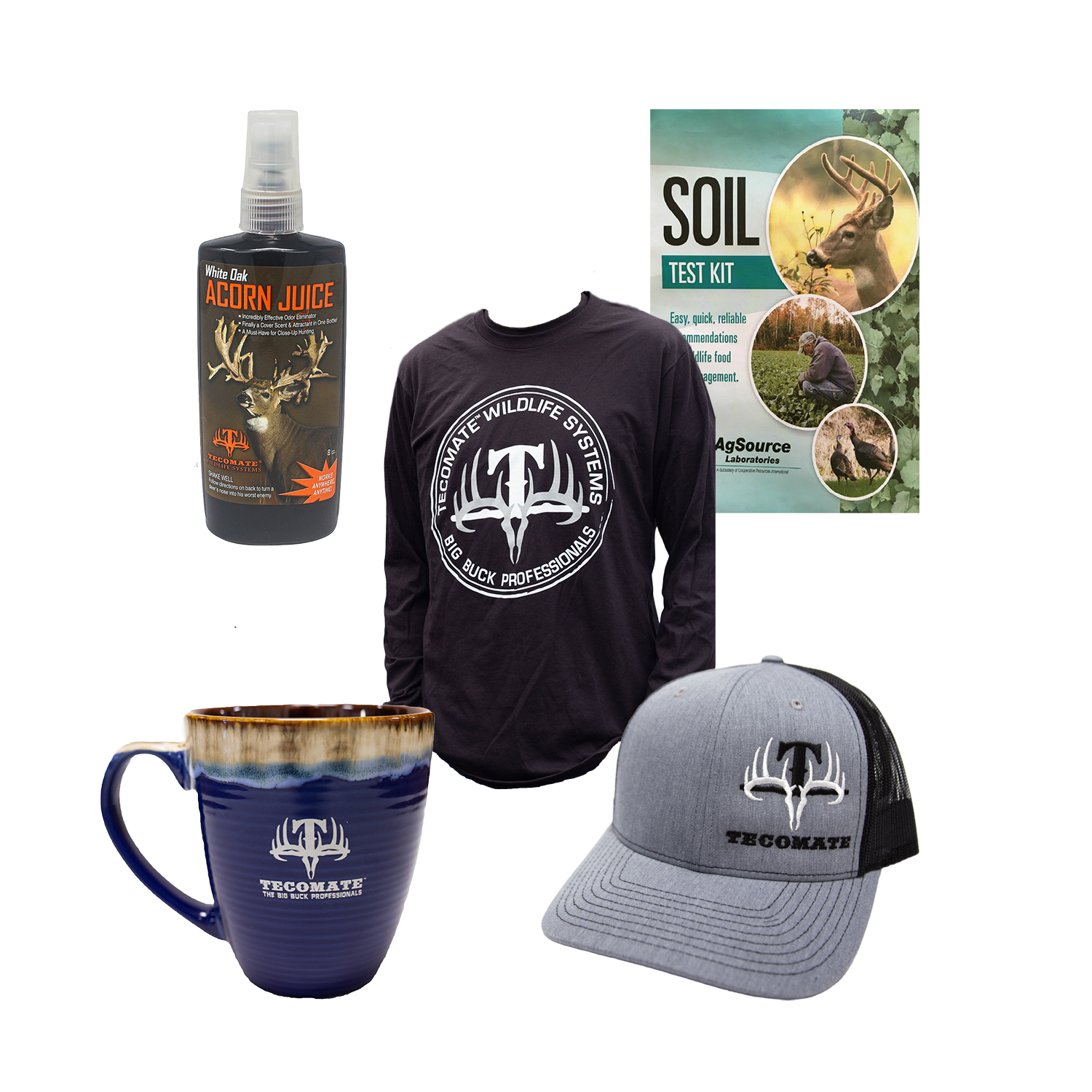

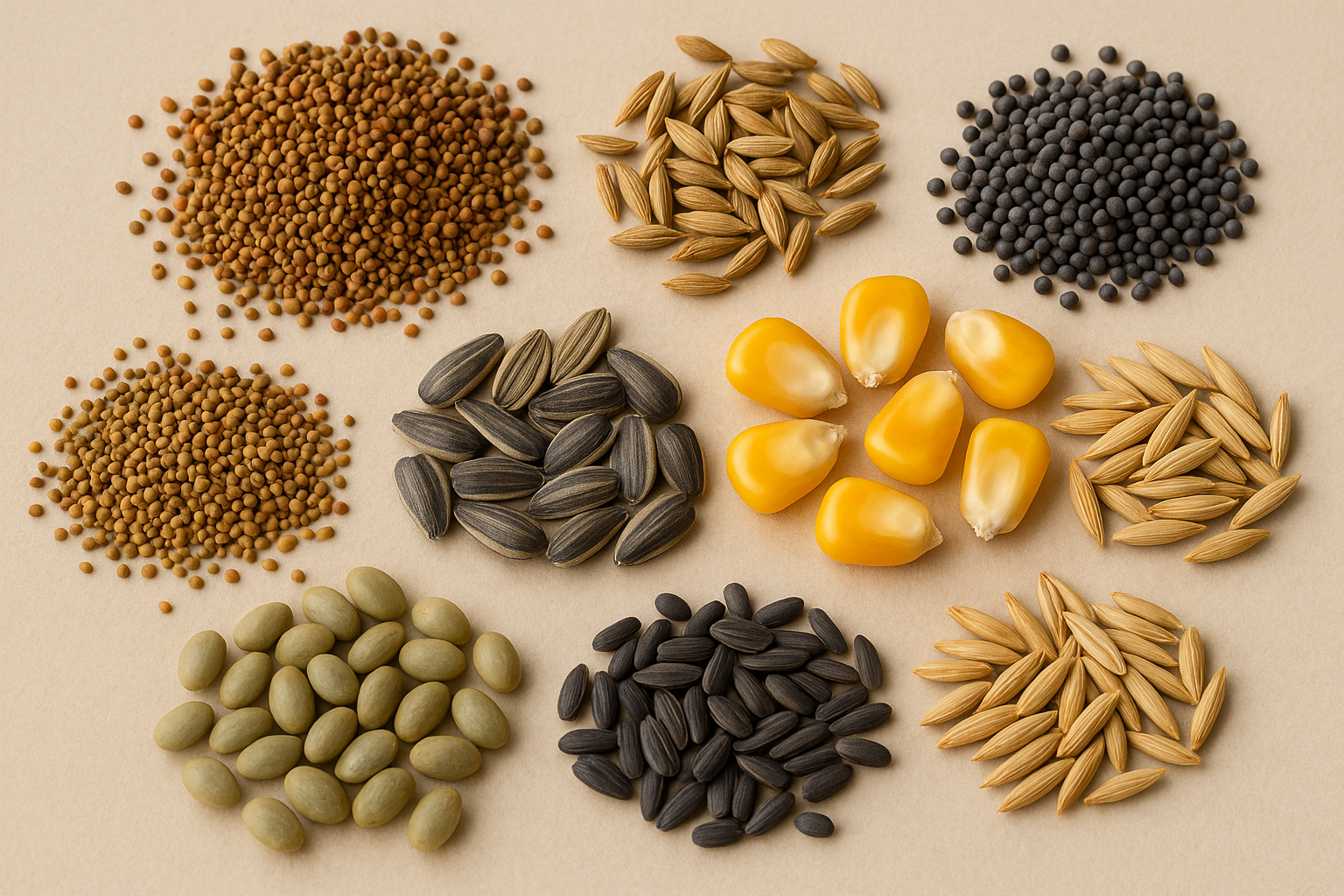
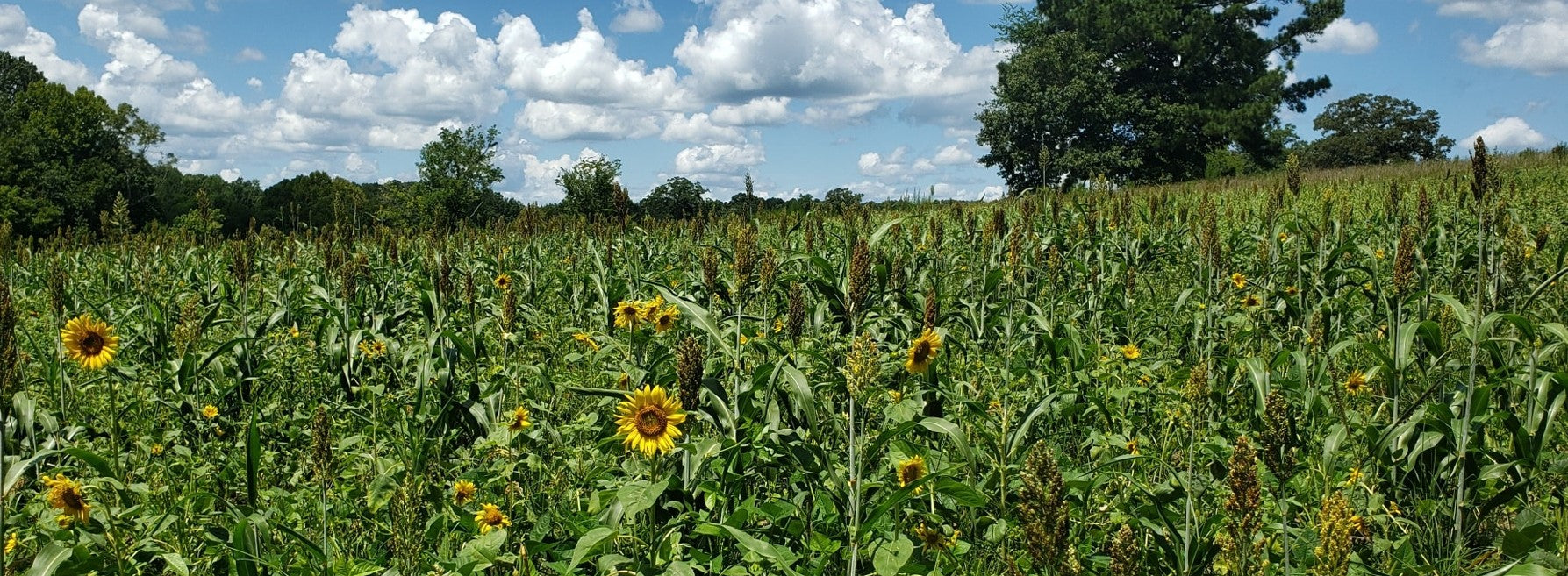
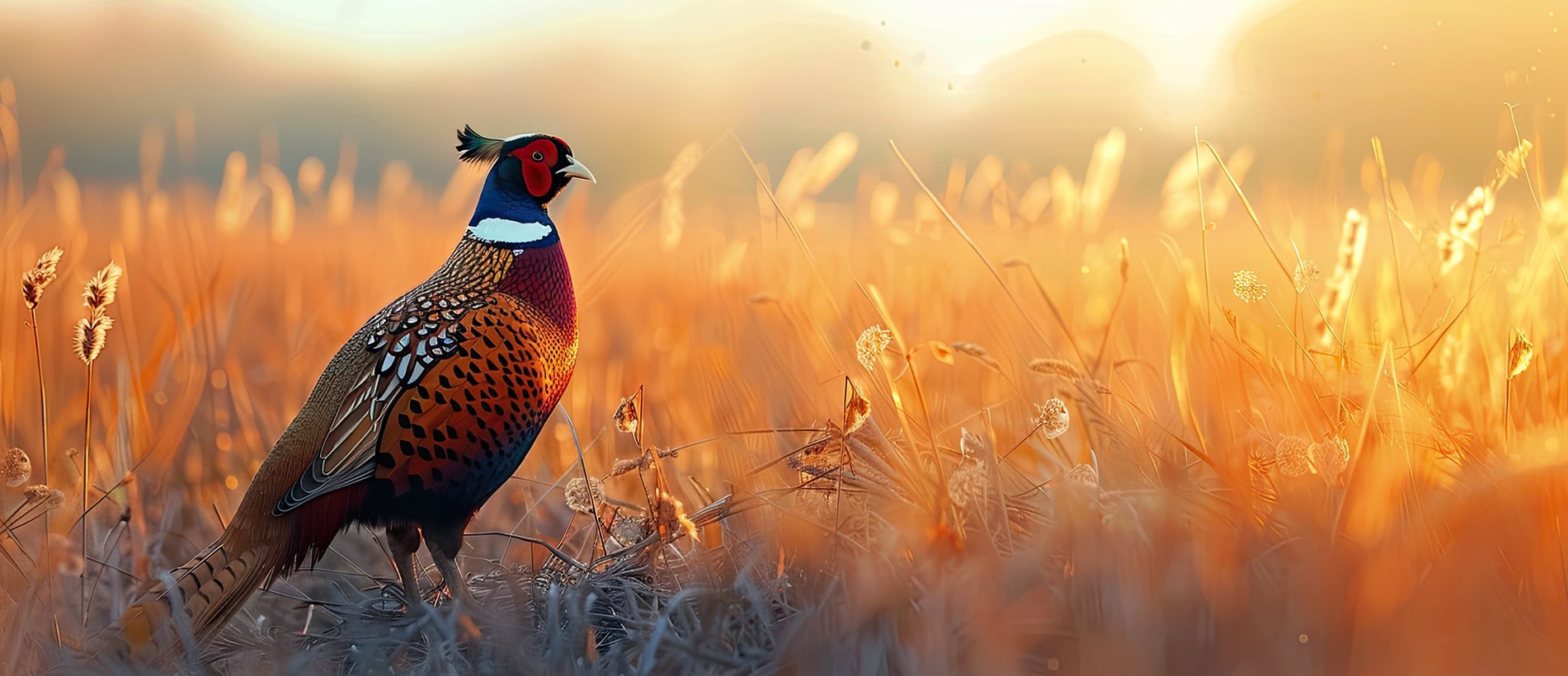

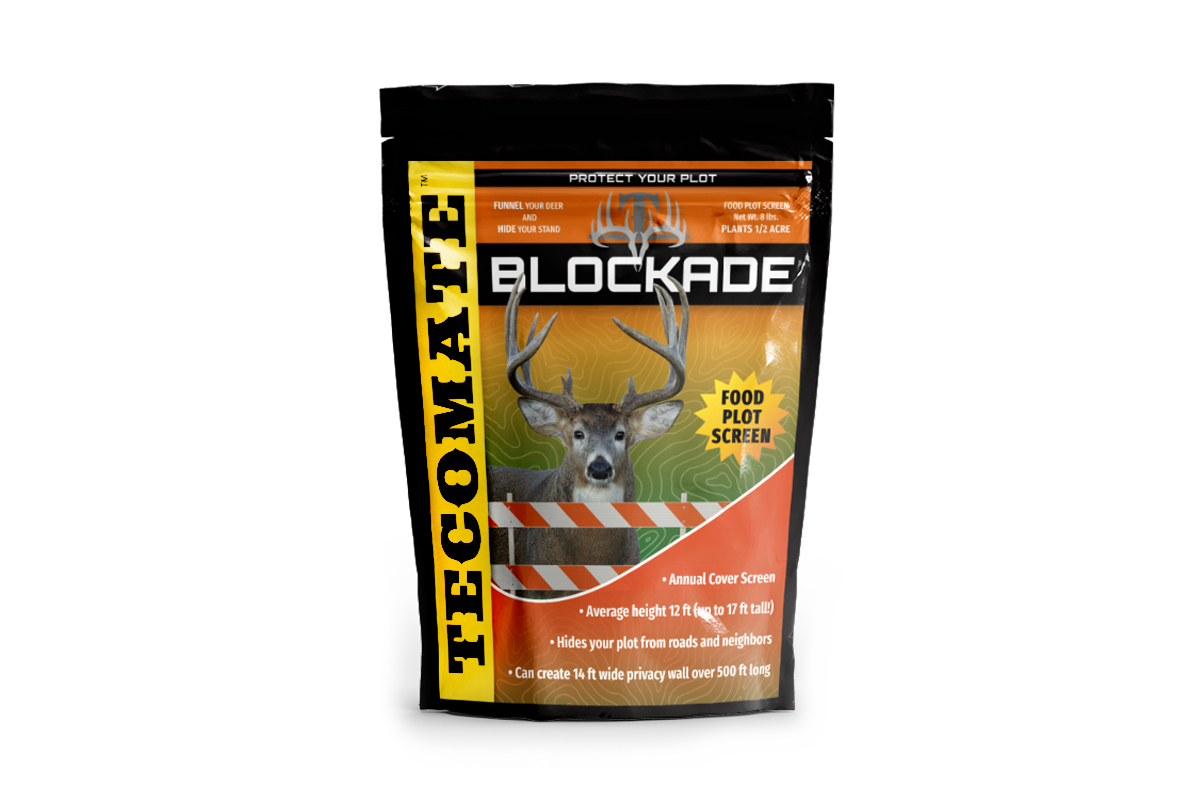

Leave a comment